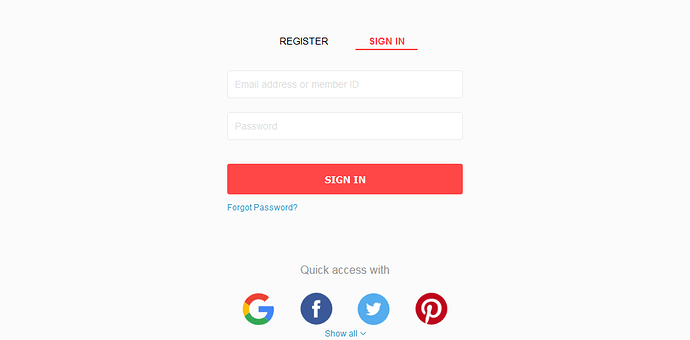My solar thermal is a two tank system with a solar heated preheat tank feeding an electric resistance tank. for half the year it produces virtually all of my hot water. In the winter, it provides a little less than half of the energy.
To monitor it, I treat the whole system as a black-box and measure:
- (Tin) Cold water inlet temperature
- (Gal) Gallons of cold water used (simple pulse meter)
- (Ein) Electricity used by the hot-water heater
The output uses a mixing valve so I know the output temperature (Tout).
The energy delivered in hot water is:
kWh = (Tout - Tin) x gal / 3412
Subtracting Ein yields the kWh provided by the solar.
Notes:
Tin varies seasonally, but is very consistent over a week or even month. If your input comes from a rooftop tank or other more variable source, you would need to integrate the differential, or perhaps capture the kWh at each meter pulse (gallon) as a function of the current conditions.
These calculations do not include the system output via standby heat loss. I consider this to be a constant, measured as the kWh used in my electric tank over several days while away. That increases slightly in the summer when the tanks are hotter, but I consider the extra as part of the efficiency of the solar system. After all, at that point I’m getting 100% of my hot-water from the sun.
ADDED:
For those attempting to measure the heat harvested by the panels as a function of temperature drop and flow rate, there is a simple way to calculate flow rate if you have a fixed speed pump. All of the common circulator pump manufacturers publish pump curves that plot the flow rate as a function of head. The head is a constant that you can measure with a (or more conveniently two) fairly accurate pressure gauges. The operating pressure differential between the low side and the high side, with consideration for the static differential implied by the elevation difference of the two measurement points, will give the head. Look it up in the pump curve and you have the flow.
In my experience, variable speed controllers add little to nothing to the overall efficiency of the system. My controller can do it, but I don’t use it. When the sun is shining and production is significant, the pump is usually running full speed anyway.




